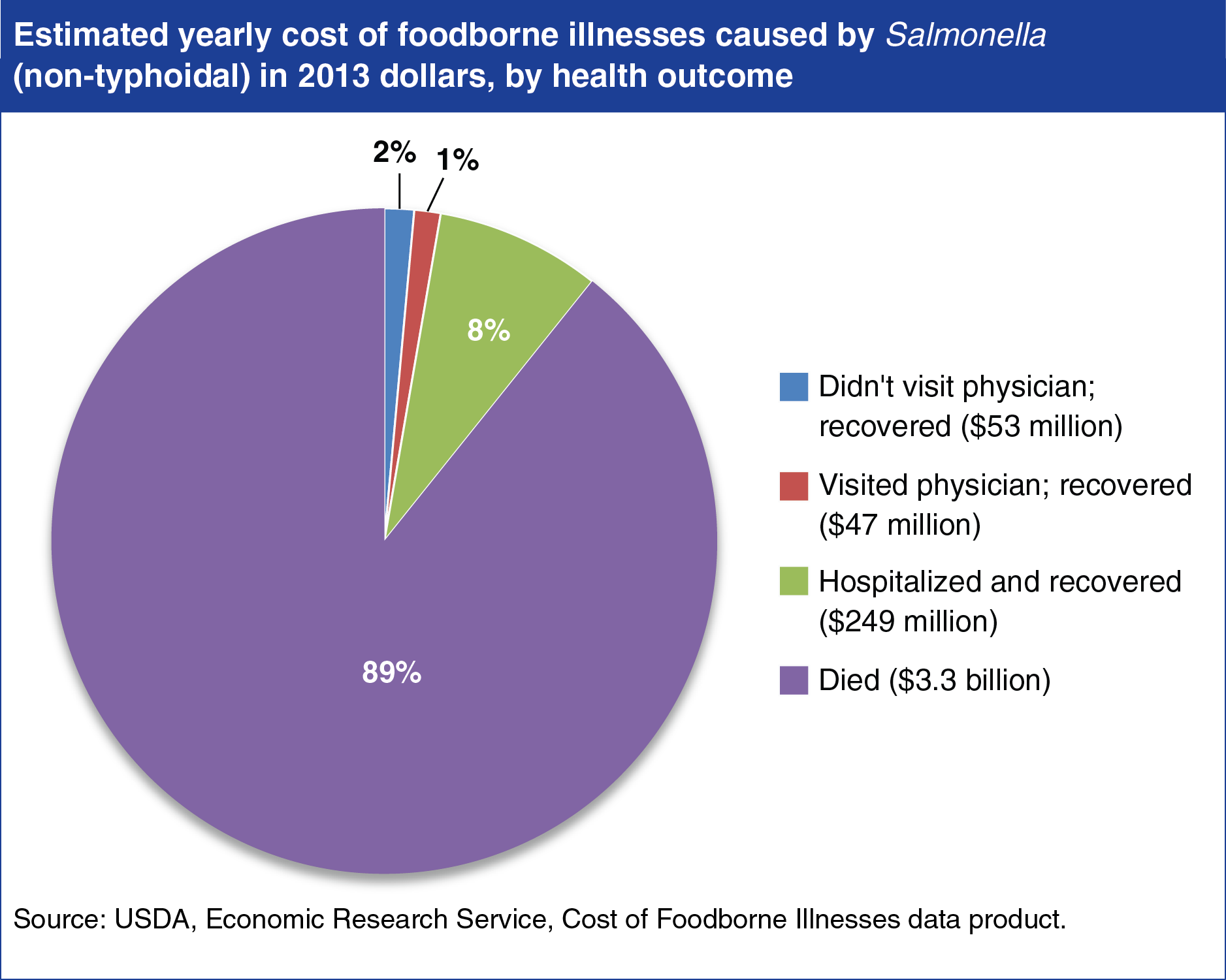Introduction:
Salmonella, a ubiquitous pathogen with significant implications for public health, necessitates rigorous detection methodologies to mitigate its widespread impact. In this comprehensive exploration, we delve into the forefront of scientific innovation, elucidating the intricacies of advanced Salmonella detection solutions tailored for discerning scientists and researchers at the pinnacle of their fields.
Understanding Salmonella:
Salmonella, a genus of gram-negative bacteria belonging to the family Enterobacteriaceae, encompasses a diverse array of serotypes, each presenting unique challenges in detection and characterization. Principally implicated in foodborne illnesses, Salmonella poses a formidable threat to global health, necessitating robust diagnostic strategies to safeguard populations against its deleterious effects.
:max_bytes(150000):strip_icc()/salmonella-treatment-4164292-FINAL-20f18c88ed5f43b2a8faefe47e21f71b.png)
Cutting-edge Testing Modalities:
In recent years, the landscape of Salmonella detection has undergone a paradigm shift, propelled by advancements in molecular biology, immunology, and analytical chemistry. From polymerase chain reaction (PCR) assays or qPCR or RT-PCR capable of detecting specific Salmonella DNA sequences with unparalleled sensitivity to enzyme-linked immunosorbent assays (ELISA) harnessing the power of antigen-antibody interactions, a myriad of innovative testing modalities have emerged to meet the diverse needs of scientists and researchers.
- Sample Preparation Kits
- Reference Strains and Controls
- Multiplex Detection Panels
- Training and Education Resources
- Other products from trusted distributor are available here
Precision and Accuracy:
Central to the efficacy of Salmonella detection is the attainment of precision and accuracy in diagnostic outcomes. Leveraging state-of-the-art technologies such as high-performance liquid chromatography (HPLC), mass spectrometry (MS), and next-generation sequencing (NGS), contemporary testing platforms offer unprecedented levels of specificity and reliability, enabling the discerning scientist to delineate Salmonella serotypes with precision and confidence.

Enhancing Efficiency:
In the fast-paced realm of scientific research, time is of the essence. Recognizing the imperative for expeditious detection methodologies, manufacturers have developed automated testing systems characterized by streamlined workflows and rapid turnaround times. Through the integration of robotics, microfluidics, and artificial intelligence, these platforms epitomize efficiency without compromising on the scientific rigor demanded by discerning researchers.
Validation and Quality Assurance:
In the pursuit of scientific excellence, validation and quality assurance serve as cornerstones of methodological integrity. Robust validation protocols, encompassing analytical sensitivity, specificity, and reproducibility, underpin the credibility of Salmonella detection assays, instilling confidence in their reliability and applicability across diverse research settings.
Conclusion:
As the global scientific community continues to confront the multifaceted challenges posed by Salmonella, the quest for enhanced detection methodologies remains paramount. By embracing the latest innovations in testing modalities, scientists and researchers empower themselves to navigate the complexities of Salmonella detection with precision, efficiency, and unwavering reliability, thereby advancing our collective efforts towards a safer, healthier future.
